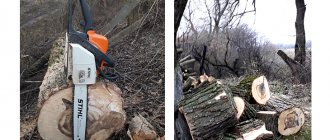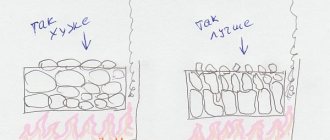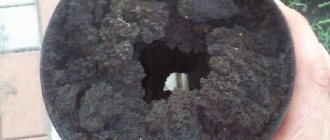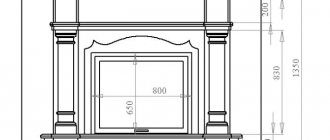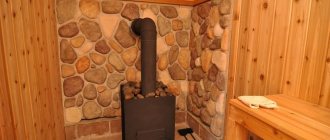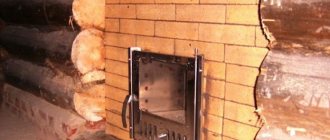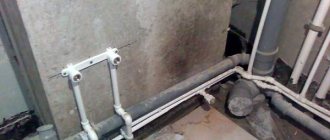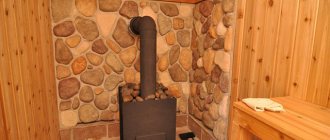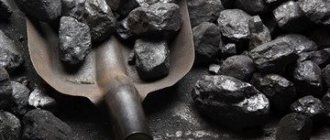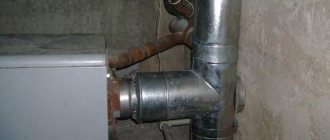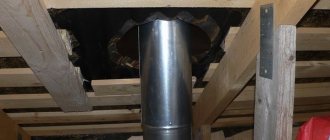Design characteristic
Homeowners and villagers still build Russian clay ovens with their own hands. The heating device can be installed not only outdoors, but also inside the dwelling. In addition, such a stove is often used as a boiler for a bath, and if you need to decorate a garden, then it can be made in a decorative style with hand-made drawings. The main advantage of the design is low cost, and the other advantages include the following parameters:
- Small size.
- Environmental friendliness - the stove is made of natural building materials that do not harm the environment. In addition, harmless raw materials are used for the firebox (firewood, peat, straw, and so on).
- Low cost - the structure can be made from materials that you do not need to buy in the store. Clay and sand are the main elements for making a furnace. The main thing is to mix the solution correctly.
- Fast erection and easy operation. However, before making an adobe stove, you must carefully study the instructions.
- Practicality - the design can be used not only as heating equipment, but also for cooking, drying clothes and as a sauna boiler. In addition, it is an original decorative element that can be used to decorate a garden.
But there is also a drawback: it takes a lot of clay to build a kiln. To get the right solution, you need to be able to knead it. That is why the manufacture of the structure begins with this technological process.
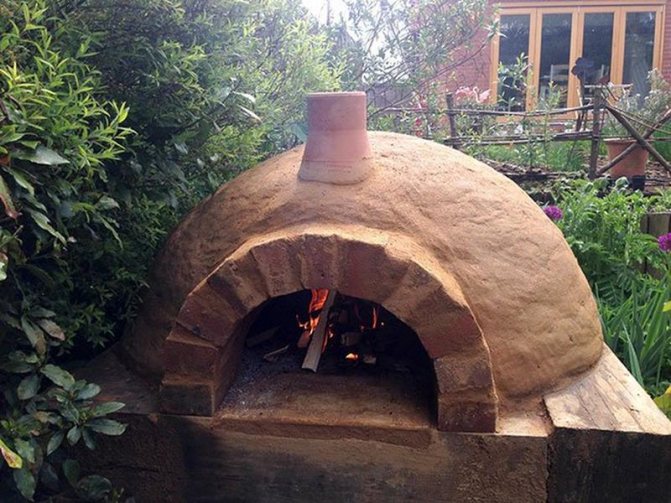
How to bake polymer clay properly
At the beginning of the creative path in working with polymer clay, a lot of difficulties and questions can arise. One of them is how to properly bake polymer clay? It seems like nothing complicated, but there are a lot of nuances that not everyone knows about, and if they do, they forget to apply.
In this article, we have tried to give comprehensive answers to the most common beginner's questions regarding baking. I hope this material will be useful to all lovers of polymer art.
Below is a table with the main parameters for baking polymer clay by time and temperature for several of the most common brands in Russia. If you are in a hurry, you can skip down the article right away. However, the process of baking polymer clay is not only about time and temperature. There is a lot to pay attention to. Within the framework of this article, we will reveal all these nuances.
- Can I do without baking?
- At what temperature to bake polymer clay?
- How long does it take to bake?
- Can glass be used for baking? And what else?
- What to look for when baking?
These are the key points we will consider in the framework of this article. However, before we start, I would like to note 3 important rules in order to bake polymer clay without difficulties.
Read the packaging (this is where all the important baking parameters are written)
Set the temperature correctly
Do not delay (and do not rush) in the process
Can I do without baking?
In principle, it is possible to bake polymer clay without an oven, but you should not do this. The oven is a convenient and easy-to-use necessity when working with polymer.
Yes, there is a self-hardening polymer clay that dries quite well in the air. There is one, but you have to get used to it in your work, once. Such clay has many limitations, two.
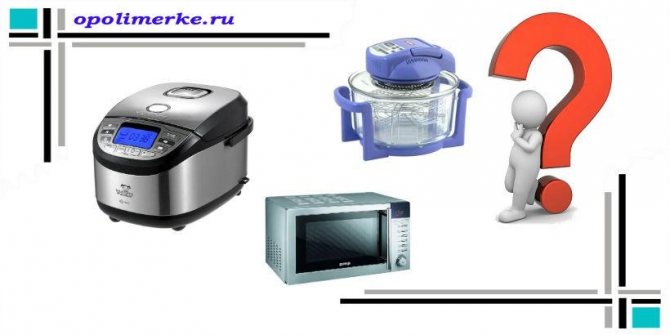

Many have managed to get quite tolerable results using a microwave, multicooker or airfryer. But.
- In a multicooker, it is unlikely that it will be possible to achieve a perfectly flat surface of the finished product.
- In the airfryer, polymer clay can flow (it is better to use foil and wrap each element in it - it is extremely difficult to do this without breaking anything)
- A microwave will be required with a grill - this time. Second, do not try to use this method if the product is based on a metal skeleton.
Another option is to boil polymer clay. And what is, in principle, a working idea if salt is added to the water or the pressure is increased, then it is quite possible to expect an increase in temperature by 10-15 ° C, which should be enough for the evaporation of plasticizers.
Do not neglect common sense and banal safety rules. As you can see, you can bake polymer clay not only in the oven. But, as it seems to me, this is the easiest and most convenient way. I agree?
How to choose the right temperature?
In fact, there is no need to be smart and reinvent the wheel here. Read the instructions on the packaging. There it is written at what it is necessary to bake polymer clay. There are three exceptions though:
Exception one... Some brands of polymer clay change color (this is especially true for light colors) even if the baking temperature from the package is observed.
There are two ways you can try to combat this ailment:
- reduce the baking temperature by 10-15 degrees
- immerse the finished product in ice water immediately after taking it out of the oven (this method does not work with some brands of polymer clay)
The second exception. Great height. If you find higher than 1000 - 1500 meters above sea level, you will most likely need to add a few extra degrees and increase the time a little. But it's better to test it in practice.
The third exception. Fast heating ovens. Created to save our time in everyday life, they do not really help when working with polymer. After closing the door, rapid heating is turned on (much higher than the planned temperature), which, although it is of a short-term nature, is quite capable of reducing all efforts in working with polymer clay to zero.
You will have to get used to such a stove:
- first we set the temperature 20-30 degrees below the recommended
- placing our product, we wait 5-10 minutes
- we add the temperature to the recommended one and time it.
How long does it take to bake polymer clay?
Initially the same answer as with temperature - read the instructions.
However, here it is worth considering one small nuance that many people forget, especially beginners - when removed from the oven, polymer clay is still soft, it hardens when it cools completely.
It also depends on the thickness of the product. Often, manufacturers do not indicate at what thickness their baking parameters are valid. As a result, errors are possible. The standard baking parameters indicated on the packaging are designed for a layer thickness of 5-6 mm.
Below is a table of baking times and temperatures of the most common manufacturers. The information is displayed based on the data src = "https://opolimerke.ru/wp-content/uploads/2017/11/00008_Sravnenie_temperatur_po_brendam.jpg" class = "aligncenter" width = "495 ″ height =" 334 ″ [/ img]
As we can see, almost all manufacturers adhere to a temperature range of 100 - 130 ° C and a total baking time of 10-30 minutes. In any case, the time interval is not the most important thing. Baking temperature is paramount.
What is better to burn or underburn? To do everything right

